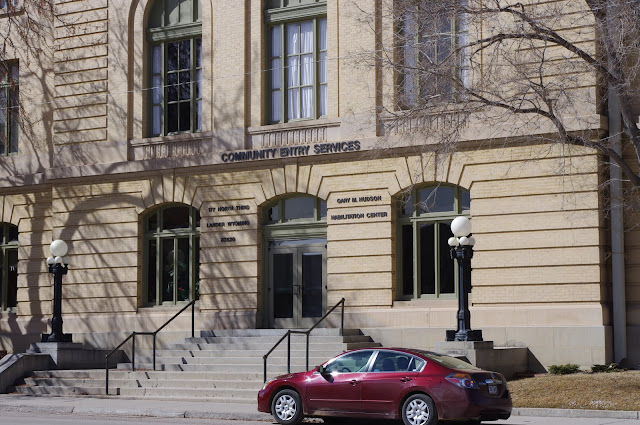We are told that, prior to the influence of labor unions, working hours were long (and conditions dangers) and about the only day anyone got off was Sunday. That day, of course, is the Christian day of rest, and people generally at least honored that, giving themselves, and their employees, the day off.
Labor unions came in, and the daily working day, at least in the United States, shrank to eight hours by law, and 40 hours per week, by law, save for employees who are not covered by the Fair Labor Standards Act, which are actually quite a new now, but not nearly so many when the FLSA came in. Even so, when I was a boy, the working day was generally eight hours long for most people, and most people had Saturdays and Sundays off. Some retail outlets were open on evenings, all of which were "department" stores, which were also open on Saturdays. Nothing was open on Sundays, not even gas stations, except for grocery stores.
All a thing of the past now.
Now, as stores have become more and more national and international, more and more of them are open seven days a week, with employees who have to be there on Saturdays and Sundays, and quite a few are open late into the evening, or even twenty four hours a day. Certainly "convenience stores" are.
All of that, of course, is well known.
But what is less well appreciated is that those people who were exempted from the FLSA in the first place, now never really leave work, unless they're very disciplined.
It's the cell phone, which isn't really a phone anymore so much as its a little computer with a telephonic feature, that has caused this. Cell phones can be set to receive email around the clock. And they receive calls and text messages by default. This means that the person with them is in contact with their occupations at all times, save for the discipline to sever the contact. And that's not always possible.
Professionals and businesses rarely intrude on one another in this fashion with texts or calls, but they do innocently and inadvertently send emails to each other constantly. I do myself, even though I generally keep the email function of my phone off. That is, I'll send weekend emails on occasion, and some people do a great deal. They are not seeking to intrude, but a person with an Iphone set to pick them up, will pick them up.
Phone calls are another matter, interestingly. As we carry our cell phones constantly anymore, and as we use them for work, some people (again not usually business clients or other professionals) will call them on weekend and off hours. I received just such a call, for example, recently on a Saturday evening while I was at dinner.
Some such calls are true emergencies, but most are not. It's just hard to resist the temptation. I've noticed a younger generation has almost no ability to resist it. But resist it we should.
The sabbath was made for man, and not man for the sabbath:
So we are informed at Mark 2:27. And very true it is. Even for those who are non religious, people need a brake. The expansion of work in an intrusive fashion is a feature of our evolving lives, and not a good one.
A century ago, in 1915, when a lawyer, for example, went home, his mail didn't go home with him, and his work probably didn't either. He might get a telephone call, if he had a phone, at home, if it was a true emergency. This would also have been true half a century later, in 1965. Or in 1985. Not now. This has been a revolutionary change, but it's one that we have to question if we're really benefiting from it? My guess is that nobody does, and a condition in which fewer things are available after the business day and weekends, and in which people are harder to get in touch with while not at work, might be a better one.






























